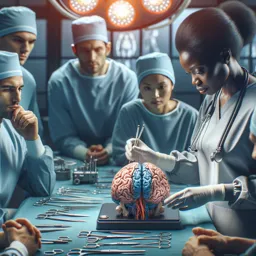Understanding Cardiac Emergencies
Cardiac emergencies are sudden, life-threatening conditions affecting the heart’s function. Quick recognition and response can save lives and limit damage. Common emergencies include heart attacks, cardiac arrest, and arrhythmias.
Signs and Symptoms to Watch For
- Chest pain or discomfort (pressure, squeezing, fullness)
- Pain radiating to the arm, jaw, or back
- Shortness of breath
- Cold sweats, nausea, or lightheadedness
- Palpitations or irregular heartbeat
- Sudden collapse and unresponsiveness (possible cardiac arrest)
Never ignore these symptoms, especially if sudden or severe.
Immediate Steps to Take
- Call Emergency Services: Act immediately—time is critical.
- Provide Aspirin: If alert and not allergic, give a standard aspirin dose to thin blood.
- Begin CPR if Needed: Maintain blood flow during cardiac arrest until help arrives.
- Use an AED: Automated External Defibrillator can restore normal heart rhythm if available.
- Keep the Person Calm: Encourage stillness to reduce heart strain.
Training in first aid and CPR is highly recommended.
Prevention and Long-Term Care
Preventing emergencies involves:
- Heart-healthy diet
- Regular exercise
- Managing blood pressure, cholesterol, and diabetes
- Avoiding smoking and limiting alcohol
- Routine cardiac check-ups for at-risk individuals
Medications, rehabilitation, and lifestyle changes are key to reducing future risks.
Conclusion
Recognizing symptoms and responding quickly to cardiac emergencies saves lives. Coupled with prevention, these actions help promote heart health and safer communities.




















